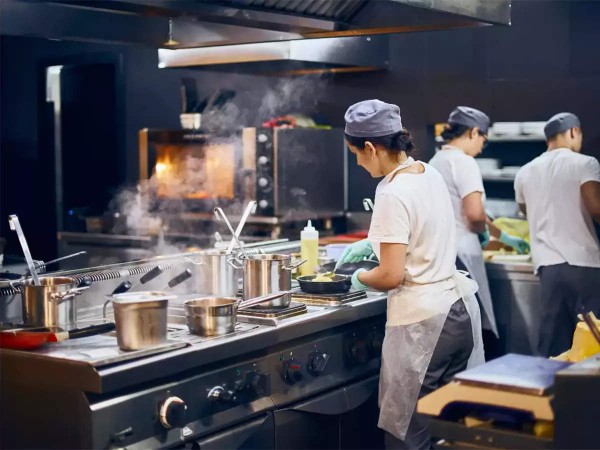The rise of Cloud Kitchens

In March 2020, when the pandemic resulted in complete lockdown, nobody knew that it would have such grave financial implications Cuisine & Beverage was one of the worst-affected industries, leading to the development of a viable model that allowed people to enjoy restaurant-style food at home while also reducing stress for food entrepreneurs. Cloud Kitchen is the name of the concept, and experts believe it will be the future of the food industry.
What are Cloud Kitchens?
A cloud kitchen, also known as ghost kitchen refers to a place where food is prepared and delivered at door steps by taking orders via calls and online ordering platforms. While not widely known, there are an estimated 100,000 virtual-only restaurants in the United States but, on the other hand, are a relatively new notion in India, and thus not commonly recognised.
It is safe to say that the new trends of food delivery powered by the likes of zomato and swiggy have made the concept viable; no seating, no storefront, no waiters, just a kitchen where orders are taken from online aggregators and cooked and then sent off by delivery drivers.
Benefits of Cloud Kitchens?
To Owners:
The operational cost for owners is considerably less as less staff is required (no front-facing staff such as servers) and the rent is saved with no humongous real estate and décor investments.
By lowering the entry hurdles, more people will be able to attempt their restaurant ideas that would otherwise be financially impossible.
To Customers:
Given the economic advantages of cloud kitchens, consumers should expect at least some of these savings to be passed on to them in the form of lower food costs.
Another advantage for users is the vast array of options and alternatives that cloud kitchens can provide. Theoretically, lower entrance and operational costs mean that more food options that previously wouldn’t have made economic sense, should be able to exist.
Improved Supply Chains and Location Benefit:
Chefs will have easier access to fresh, local, and seasonal ingredients if cloud kitchens converge in areas like markets. Cloud kitchens can operate as a radius of delivery possibilities because their meal service isn’t fixed in one region like a restaurant. Allowing them to benefit from numerous geographies and markets from a single location.
In the end, customers win since they have a wide range of options and low pricing. With more room to experiment and fewer variables to worry about, kitchen owners can also be winners. However, the aggregators that let orders come through and the supply chain are the real winners here, with current restaurant owners on the other end of the field finding the already competitive sector even more difficult than before.






